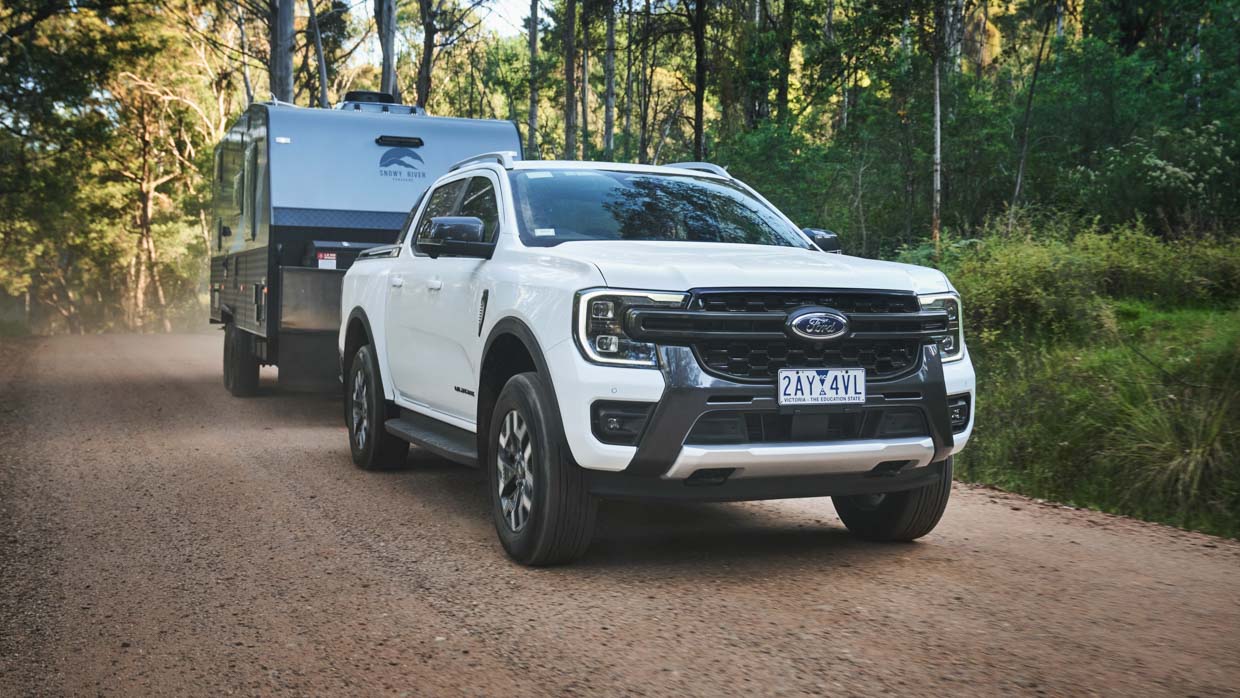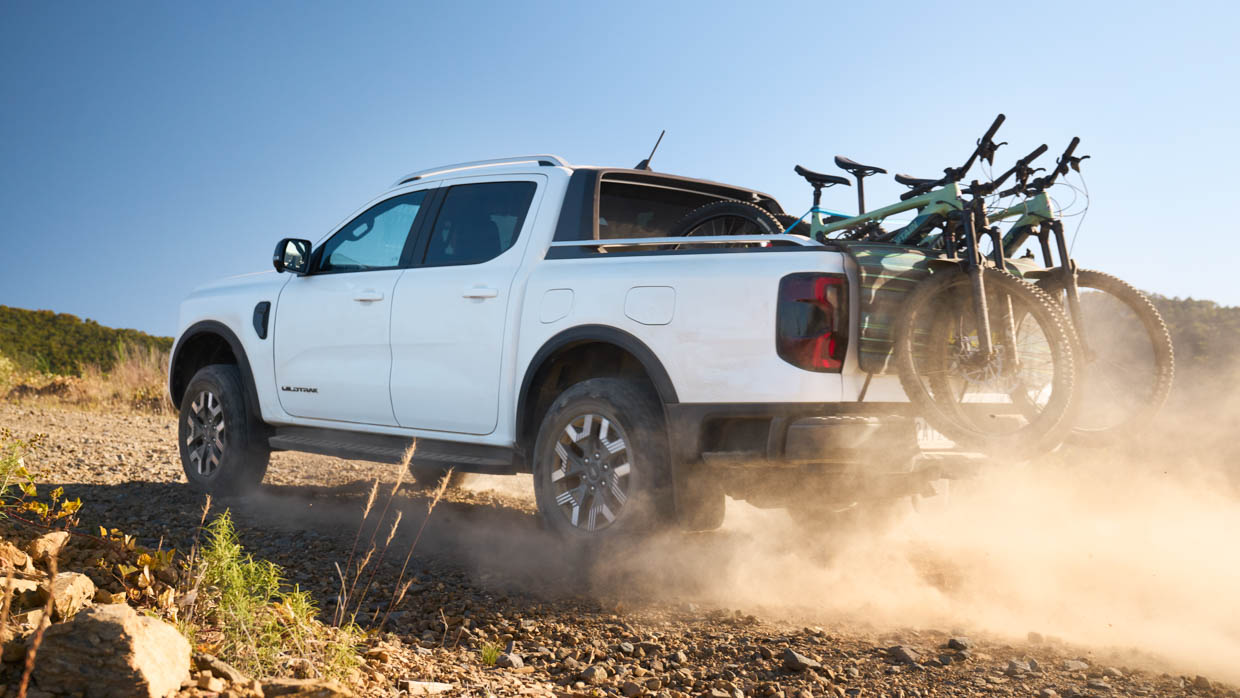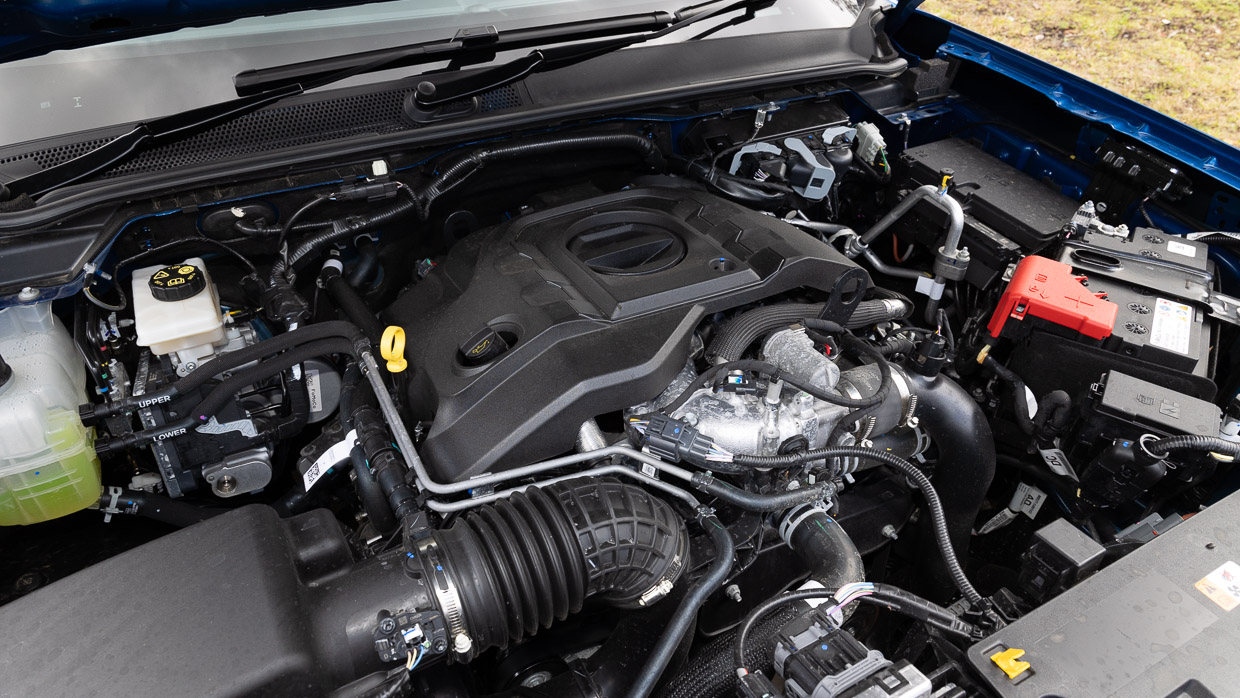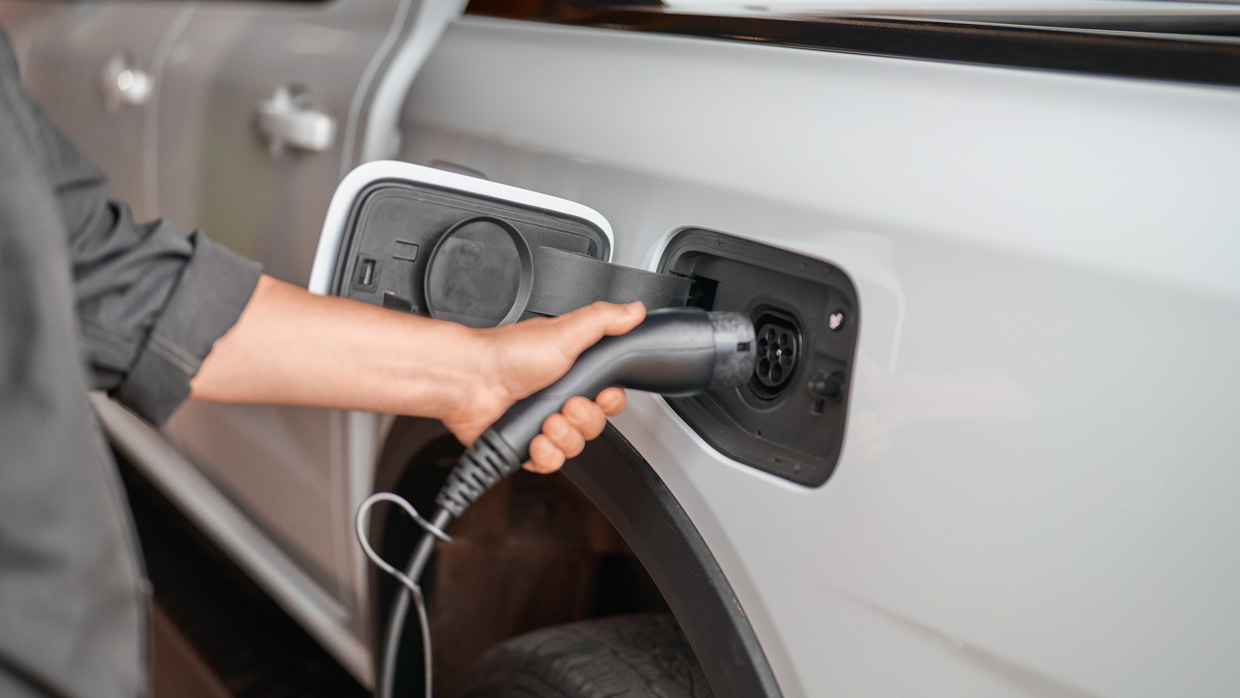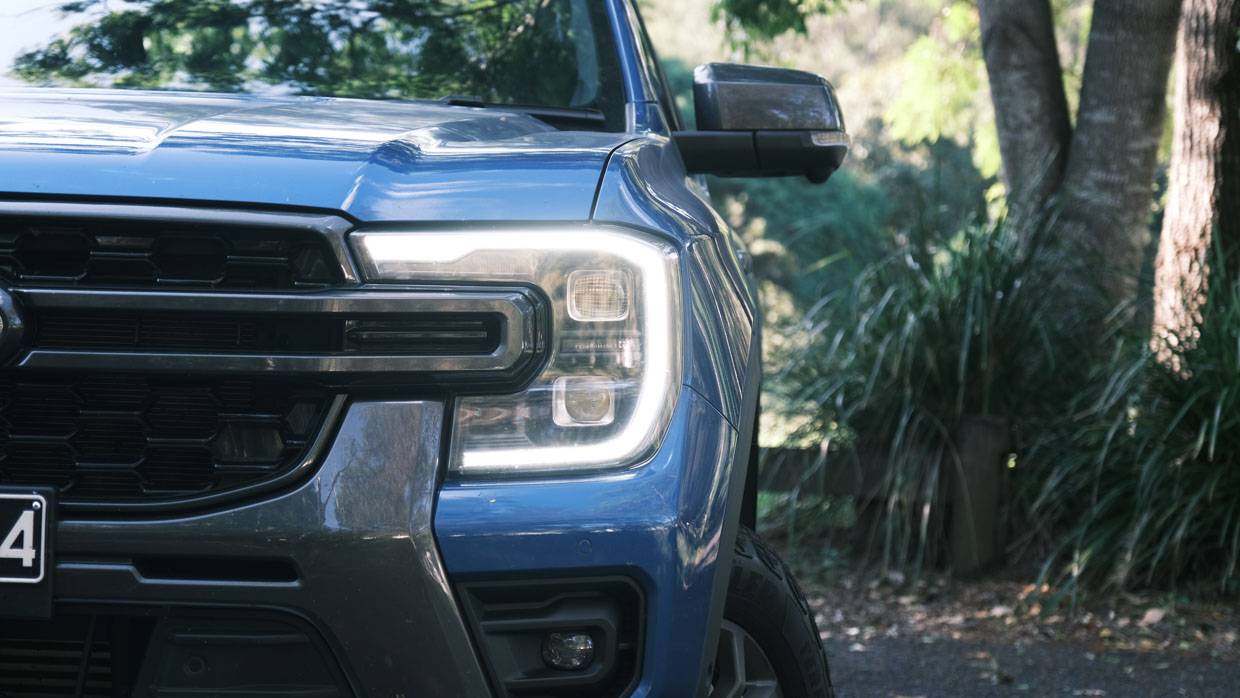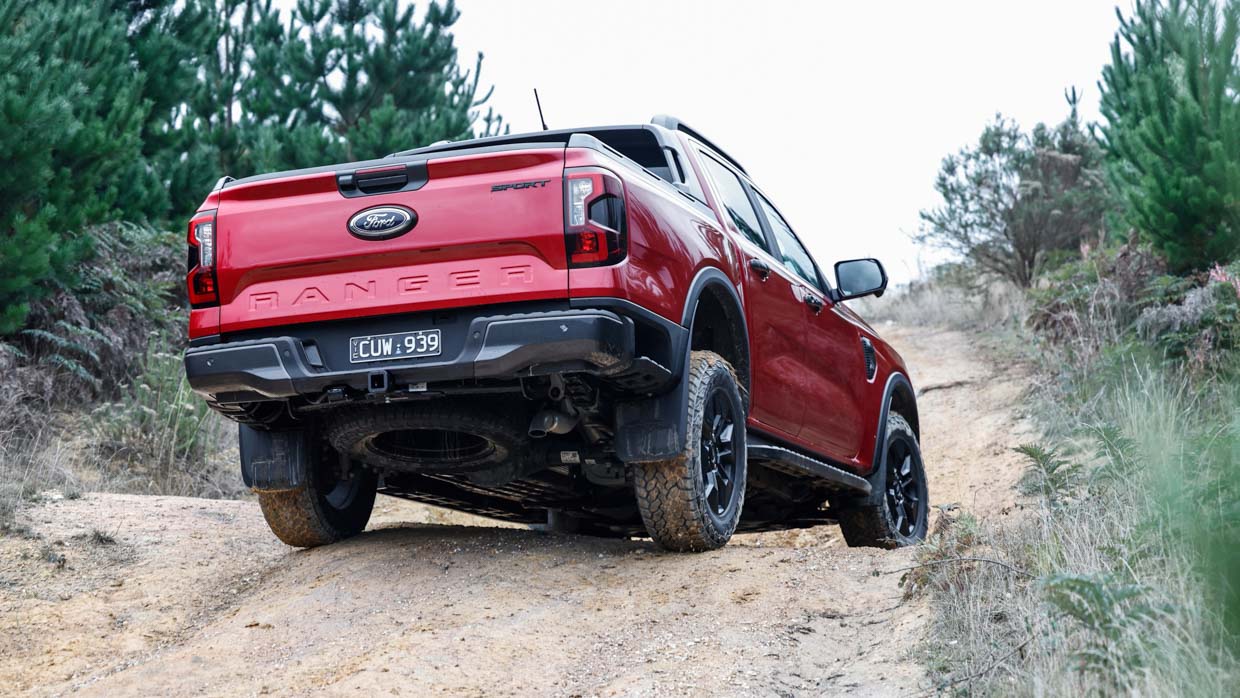-
Car Reviews
- Car News
-
Car Comparisons
Latest comparisons
- Chasing Deals
“Diesel or better” was the standard for developing Ranger PHEV’s capabilities, Ford product boss tells Chasing Cars
Ford has revealed the primary reason behind its decision to detune the Ranger PHEV’s 2.3-litre turbocharged petrol four-cylinder engine by more than thirty percent when compared to the non-hybrid implementation of the same Ecoboost powertrain.
While the Ranger PHEV’s total system outputs of 207kW of power and 697Nm are higher than those of the V6 diesel engine (184kW/600Nm) that is $5150 cheaper than the hybrid, the 2.3-litre engine used in the PHEV powertrain produces just 138kW/411Nm.
That’s despite the same 2.3-litre engine producing 222kW/452Nm in the US market Ranger—and in the Australian-market Volkswagen Amarok TSI452, which rolls off the same South African production line as the Ranger PHEV, which is priced between $71,990-$86,990 plus on-road costs.
The Ranger hybrid instead relies on a 75kW electric motor (producing an estimated 300Nm of torque), fuelled by a 11.8kWh battery and sandwiched between the combustion engine and the Ranger’s ten-speed automatic transmission, to make up the difference.
Particularly notable is the fact that the Ranger PHEV’s chief Chinese rivals both produce more overall power. The BYD Shark 6 ($57,990+ORCs) peaks at 321kW/650Nm, while the larger-size GWM Cannon Alpha PHEV ($59,990-$66,990+ORCs) makes up to 300kW/750Nm.
Chasing Cars asked Ford global product chief Jim Baumbick why engine power was detuned by a substantial 38 percent—and the answer was all about fuel efficiency.
“Our target was diesel or better. Could you add more performance? Yes. Would it come with trade-offs in other ways? You bet,” Baumbick said before revealing that “fuel efficiency” was the number one trade-off for additional power.
Chasing Cars testing of the Ranger PHEV has revealed highway fuel consumption of around 9.0L/100km with zero percent charge left in the hybrid battery compared to around 11.0L/100km in the V6 diesel. Regeneration always retains some charge in the PHEV battery.
The Michigan-based Baumbick—who is global vice president of advanced product development at Ford—talked up the fact the Ranger PHEV has been tuned for high torque in order to retain the 3500kg braked towing capacity and reasonable payload of the diesel versions.
“We think it’s the right balance for the first application [of Ranger PHEV],” Baumbick said. “It offers the hybrid propulsion, fuel economy and total cost of ownership benefits and it unlocks the [6.9kW vehicle-to-load] superpower. It can do everything a diesel can do and then some.”
The belief that the ten-speed auto was the limiting factor for the Ranger PHEV’s total power is inaccurate as a similar iteration of the ‘10R80’ transmission produces a stout 320kW of power in F-150 PowerBoost Hybrid format in North America.
The Ranger PHEV was designed mainly for the European market, where strict emissions penalties have steered carmakers towards marketing full EVs and plug-in hybrids. Typically, EVs and PHEVs are cheaper for buyers to own and operate in Europe than diesels.
But with the Ranger PHEV’s 11.8kWh battery promising just 43km electric range on Europe’s WLTP consumption testing cycle, the fuel economy of the turbo petrol engine was a major factor in driving down the Ranger PHEV’s official CO2 emissions rating in Europe.
WLTP testing saw the Ranger PHEV land an official CO2 figure of 70-72g/km in Europe—putting the plug-in Ranger ahead of that continent’s 186g/km limit for utes in 2025 and even the stricter 123g/km limit that will apply in 2030.
The miserly CO2 rating of the Ranger PHEV compares very favourably to diesel engines for the Ranger in Europe, which clock in 223-247g/km for the four-cylinder biturbo and 262-273g/km for the V6.
Australia’s similar New Vehicle Emissions Standard (NVES) limits, designed by the Albanese government, are now in force—and they are even stricter than the European rules.
Locally, fleet average limits for commercial vehicles (including the Ford Ranger) are 210g/km in 2025 ratcheting down to a harder-than-Europe 110g/km in 2029. In Australia, Ford claims CO2 emissions of just 66g/km for the Ranger PHEV in its current form.
With a sizeable buffer between the Ranger PHEV’s official emissions in both Europe and Australia and the respective fleet average CO2 limits in those jurisdictions, it would appear that Ford could have made the Ranger hybrid more powerful even if it meant a higher emissions rating.
But it is not that simple—as the Ranger PHEV’s relatively low (on paper) CO2 emissions mean it buys Ford more credits in both the Australian and European systems—effectively making it easier for Ford to continue to sell high-CO2 vehicles like the Ranger Raptor, Everest, or Mustang.
It is in Ford’s interests to keep the Ranger PHEV’s CO2 contribution as low as possible. That means keeping engine fuel consumption low—or alternatively, increasing the size of the hybrid battery to offset a more powerful internal combustion engine tune.
Ford is understood to be considering a larger battery for the Ranger PHEV for a future version of the ute, while the US manufacturer considers its options for a fully-electric Ranger—but the 2.3-litre turbo ‘four is likely to stick around as the base powertrain for plug-in hybrid versions.
“[The EcoBoost has] got long legs,” Baumbick said. “If you look at all the hybrid propulsion systems in the industry, they are all migrating in the direction of developing high thermal efficiency engines that deliver a certain amount of engine torque to drive the vehicle.
“The 2.3-litre is a very thermally efficient engine. You combine that with the battery and hybrid transmission and you have a really good foundation for an efficient propulsion system.”
Latest news
About Chasing cars
Chasing Cars reviews are 100% independent.
Because we are powered by Budget Direct Insurance, we don’t receive advertising or sales revenue from car manufacturers.
We’re truly independent – giving you Australia’s best car reviews.
